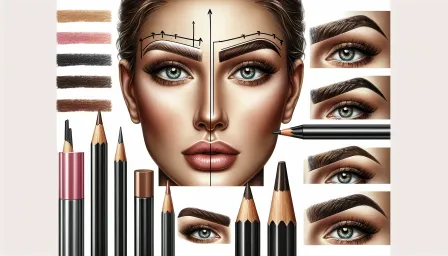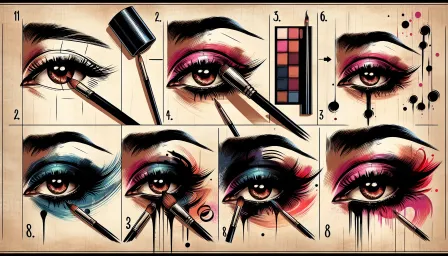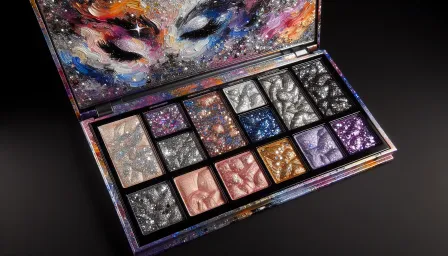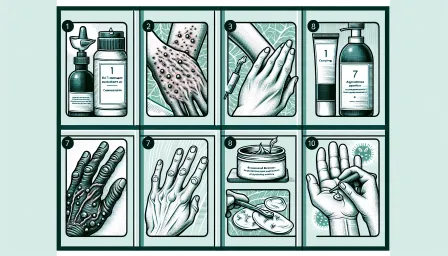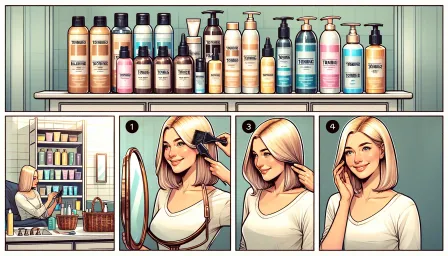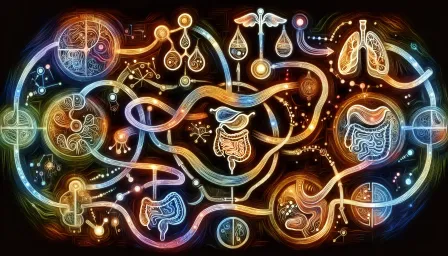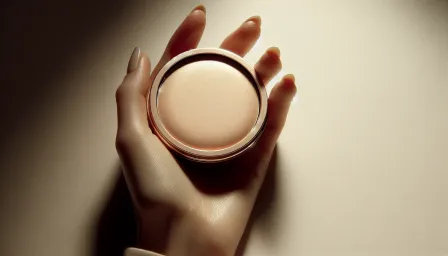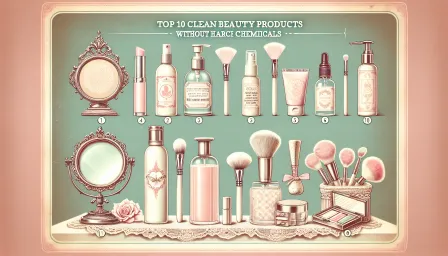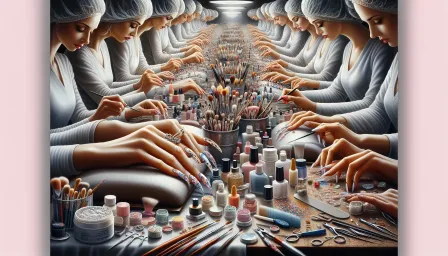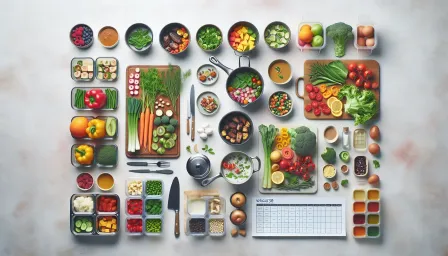Draping Makeup Techniques for Flushed Cheeks: A Complete Guide
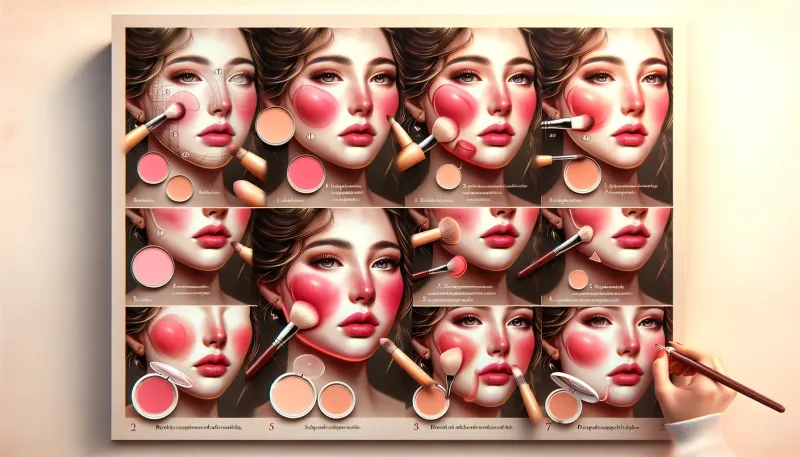
Discover effective draping makeup techniques for achieving naturally flushed cheeks. Our complete guide provides step-by-step instructions and expert tips to help you master this flattering makeup trend.
In recent years, draping makeup techniques have gained immense popularity as a fresh and innovative way to achieve flushed cheeks. Unlike traditional blush application methods, draping involves using blush to sculpt and define the face, creating a natural, healthy glow. This guide explores the essentials of draping, providing step-by-step instructions and expert tips to help you master the art of this flattering makeup trend.
Understanding Draping Makeup Techniques
Draping makeup technique is not merely about adding color to the cheeks; it involves strategically applying blush to enhance the natural contours of the face. This method is particularly effective for achieving a radiant, youthful appearance, as it mimics the natural flush of the skin. Let's delve deeper into the principles of draping and how it differs from conventional makeup techniques.
The Origins and Evolution of Draping
While draping might seem like a modern makeup innovation, its roots trace back to the 1970s. Makeup artist Way Bandy, renowned for working with celebrities and supermodels, popularized this technique. Bandy used blush as a contouring tool, blending multiple shades to create dimension and depth. Today, draping has evolved, with makeup artists incorporating various textures and finishes to perfect the look.
Draping vs. Traditional Blush Application
Traditional blush application typically focuses on the apples of the cheeks, often in a single shade. In contrast, draping involves:
- Layering: Using multiple blush shades to create a gradient effect.
- Placement: Applying blush on higher points of the face, such as the cheekbones, temples, and even the eyelids.
- Blending: Seamlessly blending colors to achieve a natural-looking flush.
Step-by-Step Draping Makeup Techniques for Flushed Cheeks
Mastering draping requires understanding your face shape and following a series of methodical steps. Here’s a comprehensive guide to achieving beautifully flushed cheeks through draping:
Step 1: Choose the Right Blush Shades
For an effective draping routine, selection of blush shades is crucial. Opt for shades that complement your skin tone:
- Fair Skin: Pale pinks, soft corals, and pastel hues work best.
- Medium Skin: Peach tones, warm pinks, and rose shades enhance the complexion.
- Deep Skin: Bold hues like berry, plum, and red-orange provide a striking contrast.
Ensure to have a lighter and a darker shade for layering and creating depth.
Step 2: Prep Your Skin
Prepping the skin is essential for a smooth, long-lasting finish. Follow these steps:
- Cleanse: Start with a clean face to remove impurities.
- Moisturize: Hydrate your skin to create a smooth canvas.
- Prime: Apply a primer to ensure your makeup stays in place.
Step 3: Apply the Base Makeup
Before you begin draping, apply your foundation and concealer as usual. This evens out your skin tone and provides a base for the blush:
- Use a foundation that matches your skin tone.
- Apply concealer to areas that need extra coverage, like under-eye circles and blemishes.
- Set your base makeup with a translucent powder to prevent creasing.
Step 4: Layer the Blush Shades
Now, it's time to start draping:
- Highlight: Begin with the lighter blush shade. Apply it to the high points of your face, including the cheekbones, temples, and the bridge of the nose. Use a fluffy brush to blend it outwards seamlessly.
- Sculpt: Next, take the darker shade. Apply it beneath your cheekbones, blending upwards towards your temples. This creates dimension and a gradient effect.
- Blend: Ensure the shades transition smoothly by blending them together. This prevents harsh lines and creates a natural, flushed look.
Step 5: Add Finishing Touches
To complete your draping makeup look:
- Highlighting: Use a subtle highlighter on the high points of your face for an added glow.
- Set the Look: Use a setting spray to lock in your makeup, ensuring it stays fresh throughout the day.
Expert Tips for Perfect Draping
To refine your draping skills further, consider these expert tips:
Consider Your Face Shape
Adjust your draping technique based on your face shape:
- Round Faces: Focus on applying blush higher on the cheekbones to elongate the face.
- Square Faces: Soften the jawline by blending blush upwards from the cheeks to the temples.
- Heart-Shaped Faces: Apply blush slightly lower on the cheeks to balance the wider forehead.
Choose the Right Tools
The tools you use can significantly impact the final result:
- Brushes: Use fluffy, tapered brushes for blending. They allow for precise application and seamless blending.
- Sponges: Opt for a damp beauty sponge to blend out any harsh lines, ensuring a natural finish.
Common Mistakes to Avoid
Overloading on Product
While draping emphasizes layering, overloading on product can result in a heavy, unnatural look. Apply blush gradually, building intensity as needed.
Neglecting Blending
Blending is crucial for a cohesive and natural draped look. Spend extra time ensuring the blush shades transition smoothly on your skin.
Using the Wrong Blush Formula
Choose the right blush formula for your skin type:
- Dry Skin: Cream blushes provide hydration and a dewy finish.
- Oily Skin: Powder blushes help control shine and stay put.
Conclusion
Embracing the draping makeup technique for flushed cheeks can transform your look, adding a healthy, youthful glow to your complexion. By understanding the principles of draping, following the step-by-step guide, and avoiding common pitfalls, you can master this modern makeup trend. Remember, practice makes perfect, so experiment with different shades and placements to discover what works best for your unique face shape and skin tone. With patience and precision, you'll achieve beautifully draped cheeks that enhance your natural beauty.




